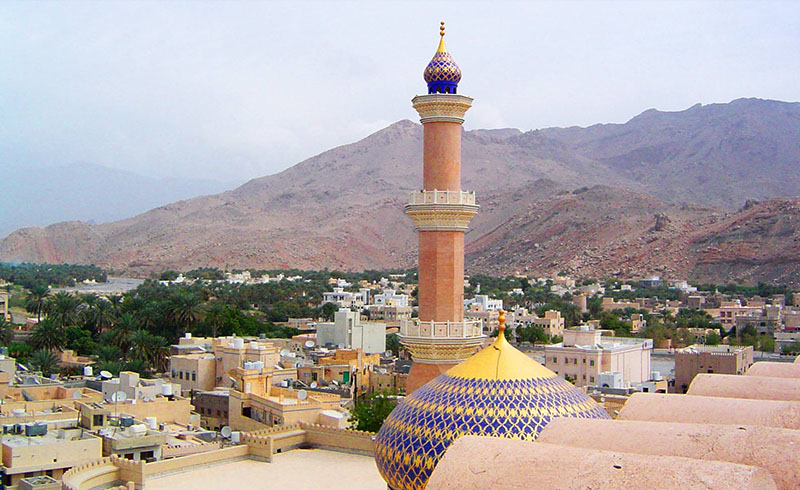AL BATINAH
Al Batinah governorate is an expansive coastal area that hosts a fertile agricultural plain that extends along the coast and extends over its lands agricultural fields and population centers. In this governorate are distributed many castles, forts, fences and ancient villages, the most famous of which is Sohar Fort and the forts in Shinas, Liwa, Saham, Al Khabourah and As Suwayq. Al Batinah North Governorate has a very vital geographical location extending along the southern coast of the Sea of Oman.
HISTORIC SIGHTS, OMAN
Dotted with historic sights and breath-taking scenery, South Al Batinah is considered the green belt of Oman with most of the country’s fresh produce harvested on plantations in the area.
South Al Batinah Governorate is a home to many beautiful wadis and villages, such as Wadi Mistal and Wakan Village, and attractions such as Nakhal Fort and the hot springs of Ain Al Thowara. It includes six districts: Al Rustaq, Al Awabi, Nakhal, Wadi Al Maawil, Barka and Al Musanaah.
Al Batinah North governorate is an expansive coastal area that hosts a fertile agricultural plain that extends along the coast and extends over its lands agricultural fields and population centers. In this governorate are distributed many castles, forts, fences and ancient villages, the most famous of which is Sohar Fort and the forts in Shinas, Liwa, Saham, Al Khabourah and As Suwayq. Al Batinah North Governorate has a very vital geographical location extending along the southern coast of the Sea of Oman.
HERE THE PLACES TO VISIT IN AL BATINAH
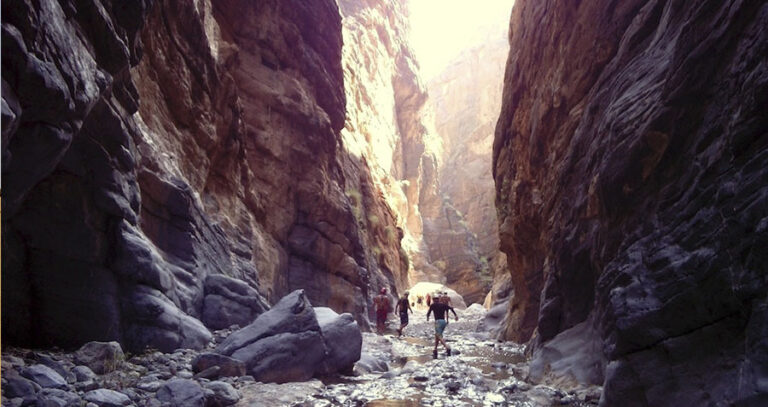
Snake Gorge
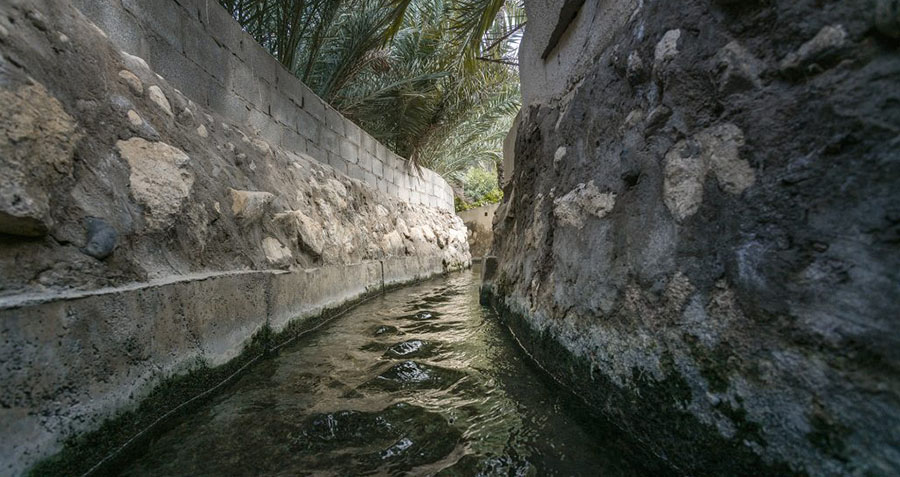
Al Maysar Falaj
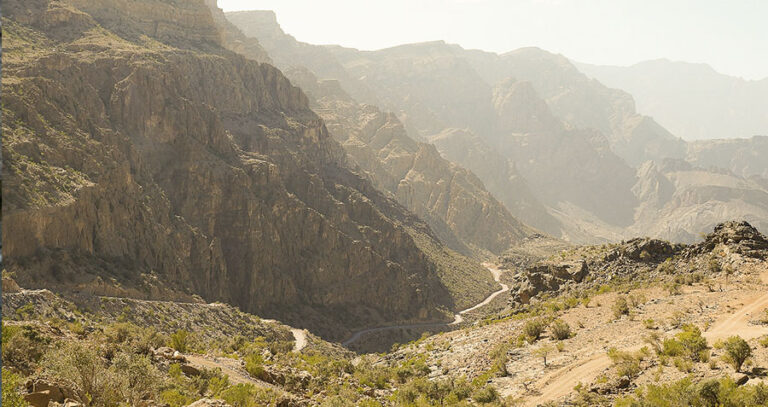
Wadi Bani Kharus
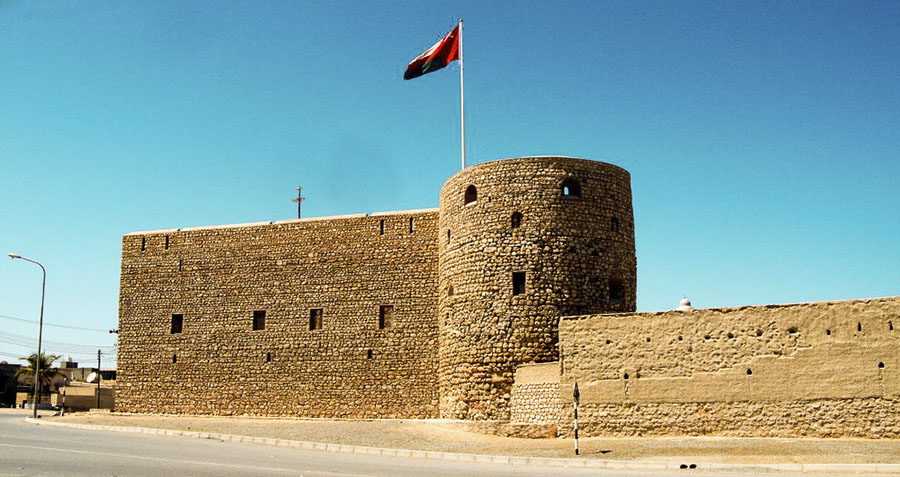
Al Masnaah Fort
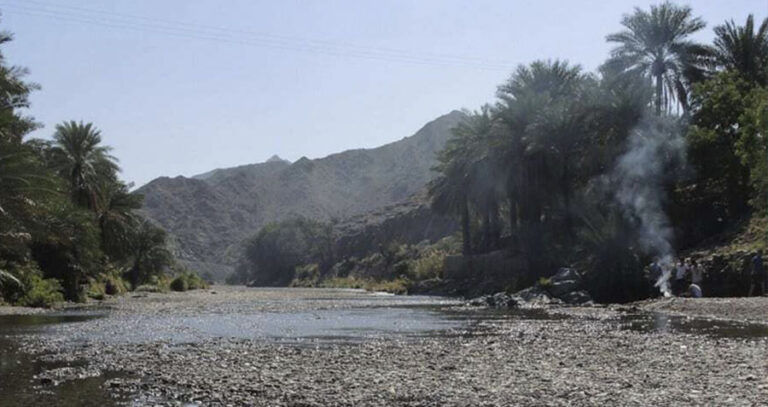
Wadi Haqain
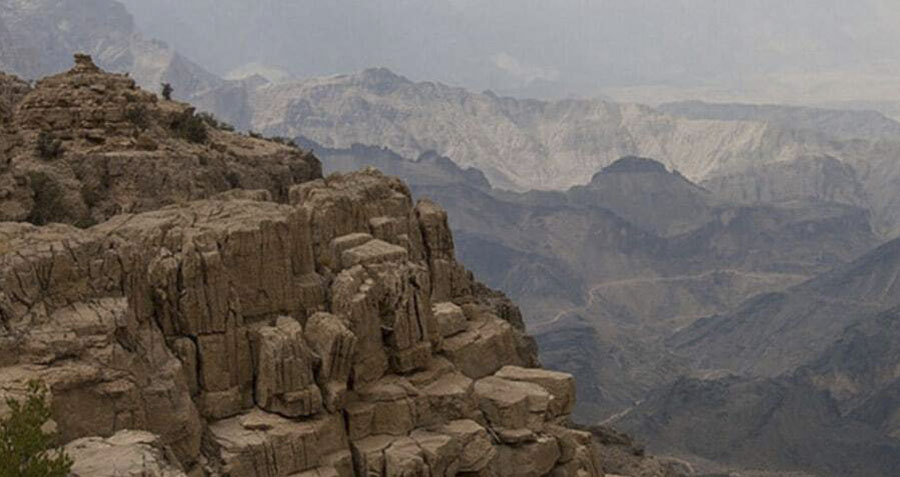
Wadi Bani Hani
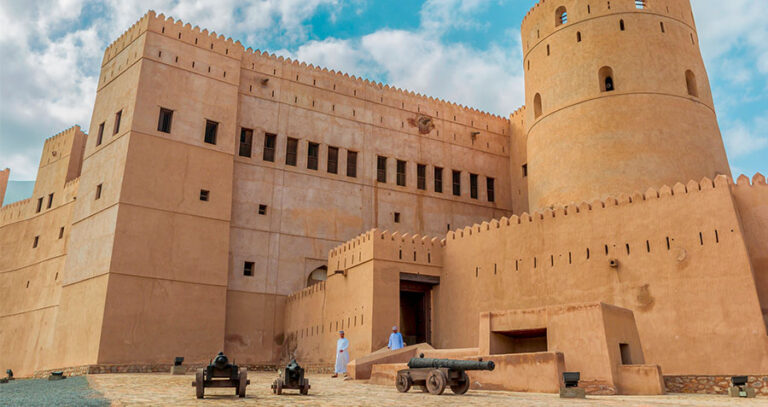
Al Rustaq
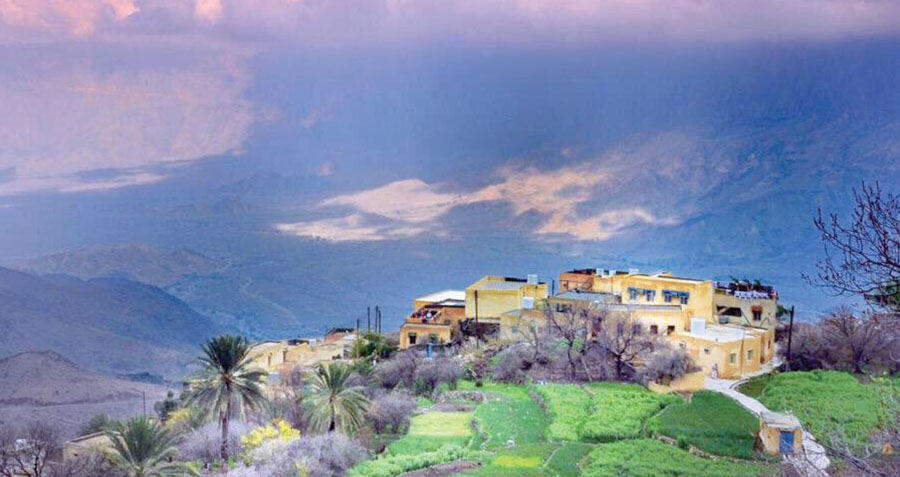
Wakan village
A viewing platform is the first sight that greets you as soon as you enter the village. It offers spectacular views of Wadi Mistal and the surrounding mountains. There is also a visitors information center building which is still not opened.
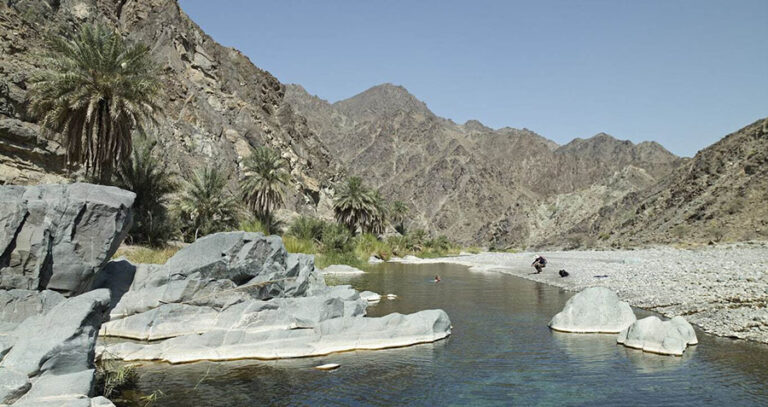
Wadi Al Abyad

Bait Na’aman Castle

Sohar Souq

Wadi Al Hawasnah

Wadi Al Jizzi
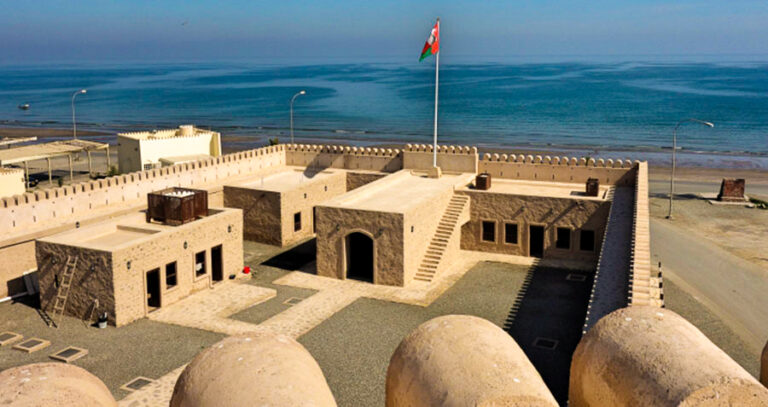
Al Khabourah Castle
The restoration and rehabilitation of the castle, located little less than 2 km from the main centre of Suhar and close to the Sea of Oman, has been completed under the care of Ministry of Heritage and Culture. The renovation has included restoration of a collapsed wall, apart from the maintenance of the castle’s rooms, entrances and towers, and electrification and other public facilities.
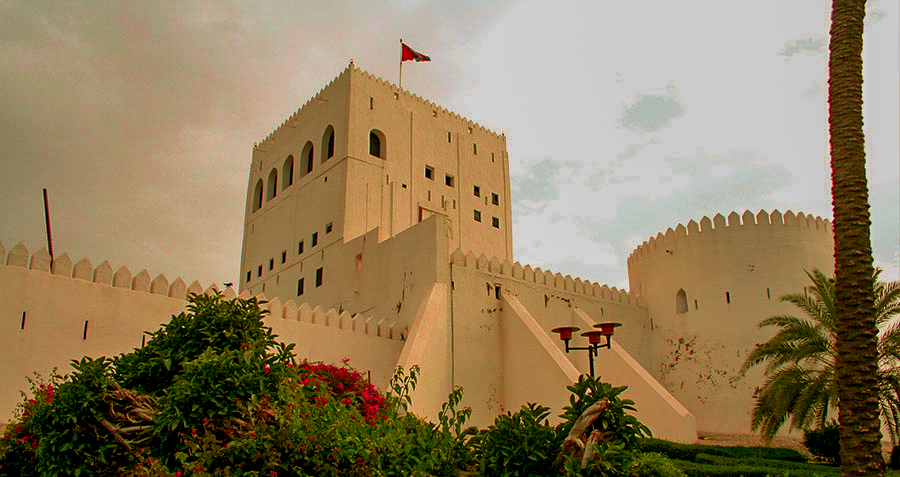
Sohar Fort
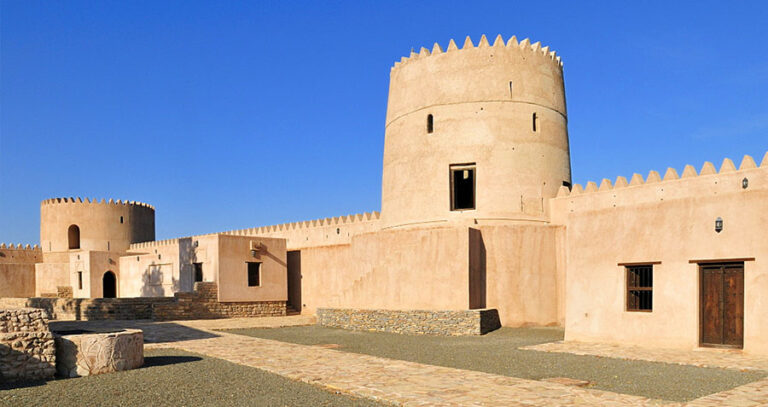
Liwa Castle
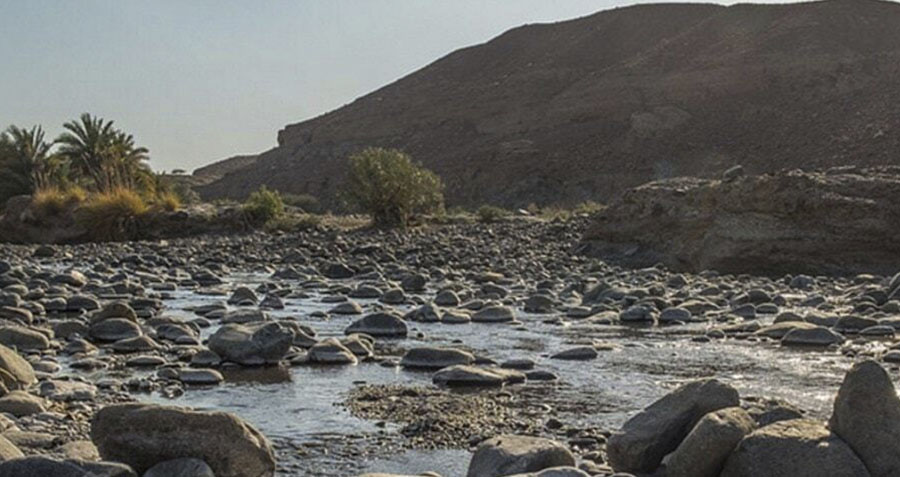
Wadi Hibi
OTHER OMAN REGIONS
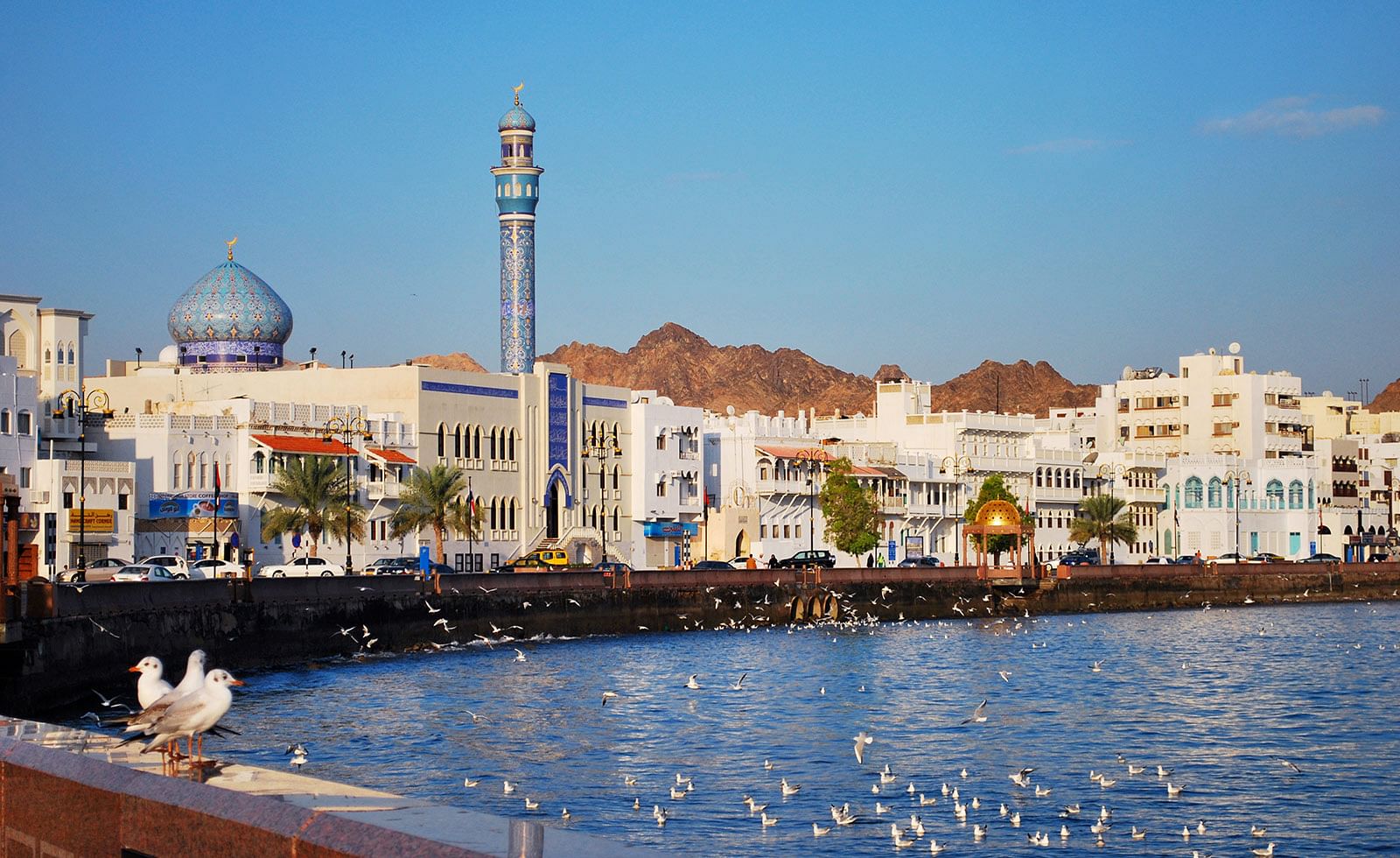
MUSCAT

MUSANDAM
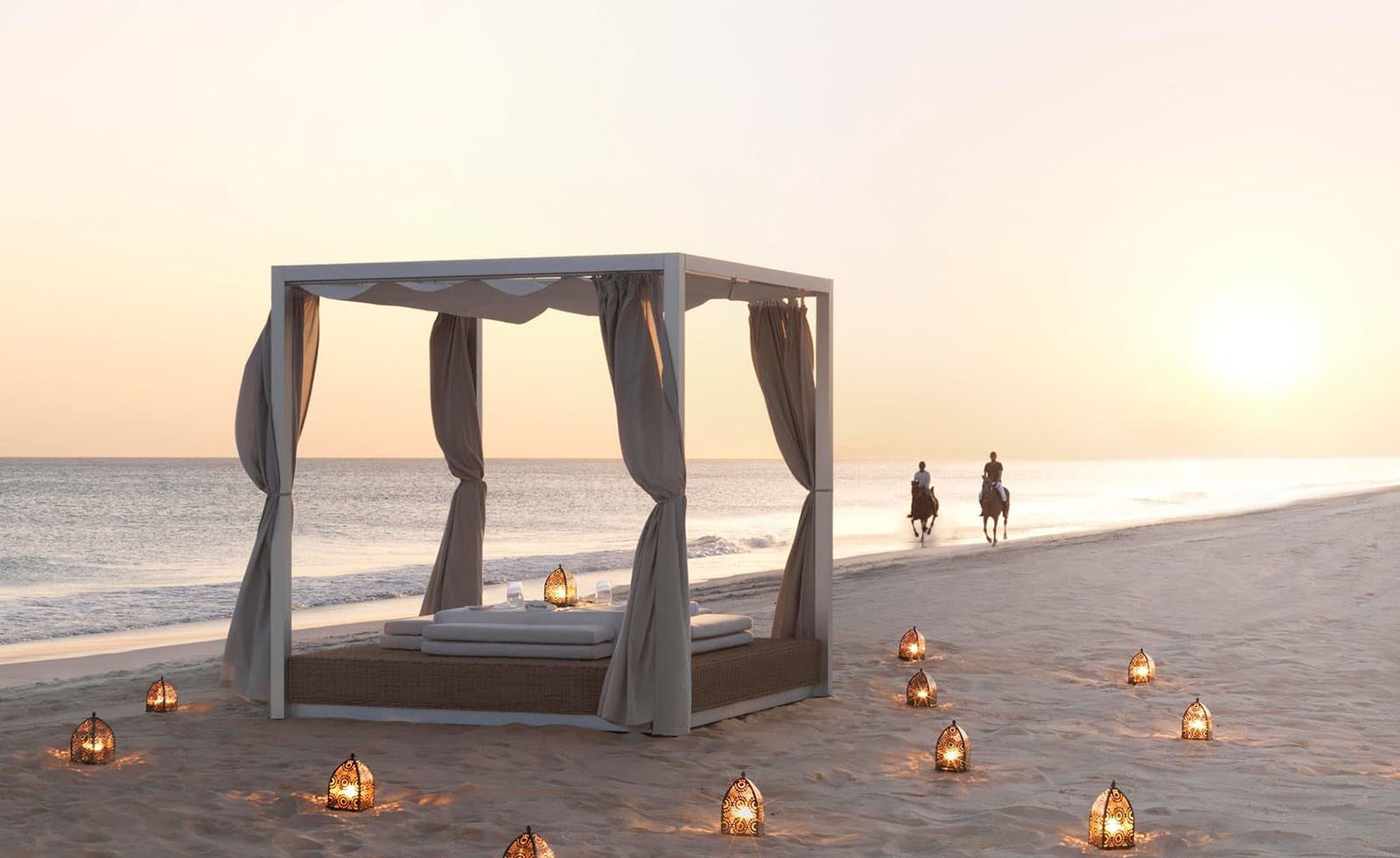
DHOFAR
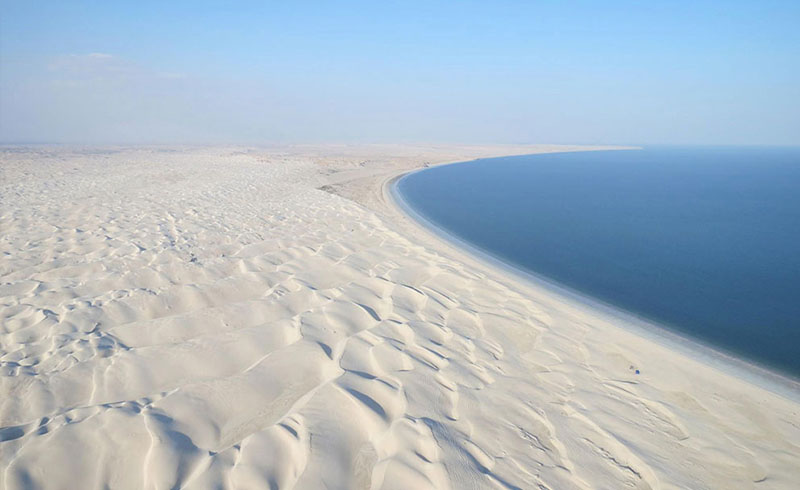
AL WUSTA

AL BURAIMI
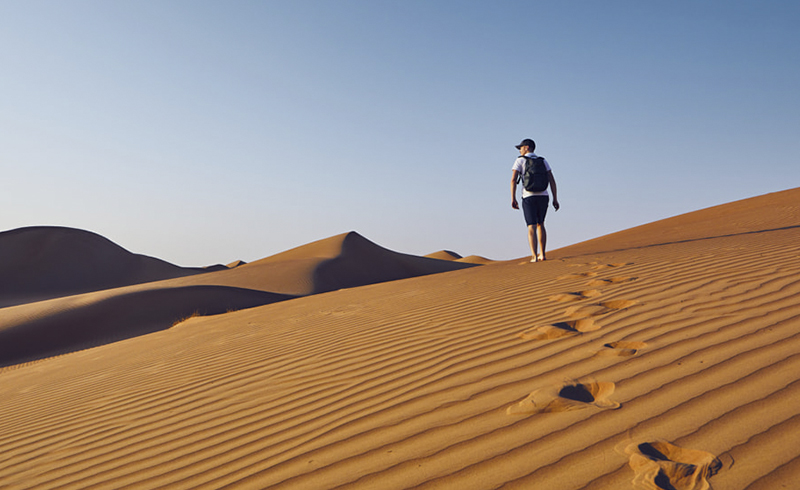
A’SHARQIYAH

A’DHAHIRAH
